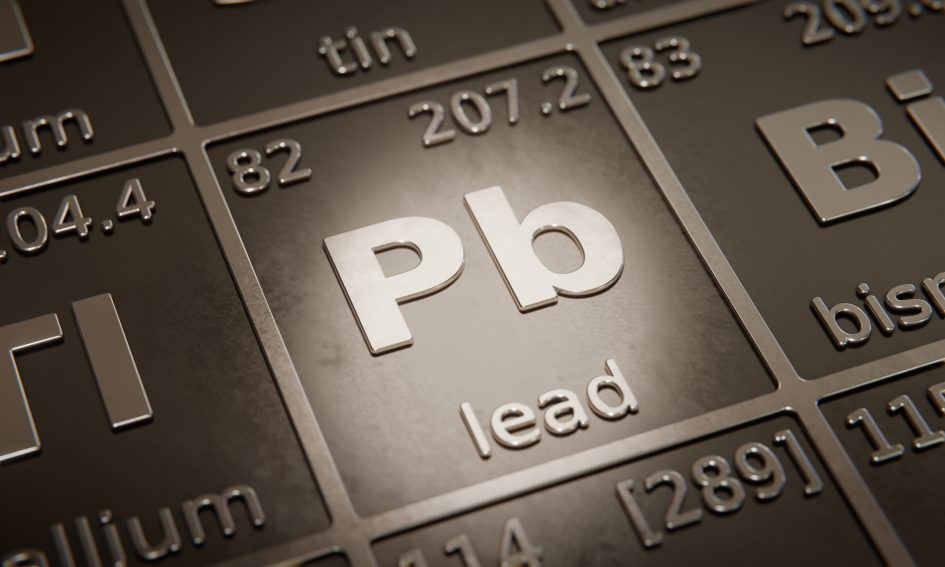By Marie Owens, PE
The Lead & Copper Rule Revisions (LCRR) are arguably the largest regulatory change in drinking water in over a decade. If you are anything like me, the pandemic has completely thrown off your perception of the passage of time. The first draft of the Rule was released just a few months before the entire world completely shut down; so it might seem like the U.S. Environmental Protection Agency (USEPA) announcement in December that the LCRR was finalized came out of nowhere fast. Even if it feels like you were blindsided with all the new requirements, this is not likely the first time you have heard of the LCRR. Everyone keeps talking about lead and service line inventories – but what about adjustments to compliance with copper in the LCRR?
The Original LCR
To understand the answer, we need to go back to the initial Lead & Copper Rule (LCR) from the 1990s. The now 30-year-old LCR was never intended to address actual exposure of either lead or copper to the public. It was strictly a corrosion control rule. It had become apparent that even slightly corrosive water passing through the pipes and over other system infrastructure components would dramatically reduce the functional life of the water system. Since 1) there was so much historic use of lead and copper materials installed throughout water systems and within homes, and 2) these materials were so easily picked up and transported by water, and 3) lead and copper are so easy to monitor, they were selected as the best indicators for corrosivity of the entire water system.
It was only years into the implementation of the original LCR that regulatory agencies began talking about corrosion control as a measure to reduce exposure to lead instead of focusing exclusively on extending the life of the infrastructure. Copper remains a great indicator of water corrosivity but does not have the same severe health effects as lead through drinking water exposure. Even though it is widely accepted that there is no safe level of lead exposure, there has never been, nor is there yet, a health-based limit on lead in drinking water.
The LCRR, however, is focused on reducing exposure of lead to the public through drinking water. It is a complicated rule revision and will be challenging for all water systems. We now have a specific deadline and several items the USEPA has identified, as reported in The Update newsletter. However, the December announcement listed several items the USEPA still may decide to change. This means, there are still a lot of unknowns. So, what are you supposed to do with it all?
Get Started Now
The first round of the service line inventory is required to be submitted to your State agency by October 16, 2024. Some States are already developing reporting templates, and others are waiting for USEPA to offer more guidance. Either way, it will take time and effort to collect the required information and prepare it for submission. If you give yourself some time to prepare the submissions to the State, that is even less. If you wait to put this project in your next budget cycle to get started, you will likely not be able to meet the deadline.
Recognize What You Know & What You Don’t
When I ask how systems are doing with the LCRR, I receive one of two answers: “We’re great, we don’t have any lead in our system,” or “What they are asking for is impossible, so I’m just going to wait them out because they won’t follow through with it.” My answer to the first response is a follow up question: “What documentation do you have to support that statement?”
While the USEPA and State regulatory agencies understand that there will be a variety of sources of information for the inventories, they are being clear that documentation will be required to back up the claim of no-lead on each service line. In addition to needing documentation on your infrastructure, you must also identify the material of the portion of the service line on the homeowner’s side of the property.
The answer to the second question is: USEPA has confirmed the deadline is solid, and it has no intention of reducing the inventory requirement or extending the deadline.
Multidisciplinary Approach
Compliance with what we already know, as well as what USEPA says it wants to change soon, requires a multidisciplinary approach. You need strong project management to keep track of all the tasks, schedules, and other moving parts of the LCRR. You need a skilled communications team to plan and implement the additional public notification requirements and appropriately manage the inevitable anxiety and questions that will arise as your customers begin to receive and interpret this information. The service line inventories must be mapped, and depending on the size of your system, they may need to be posted online. While it is not required to put them in GIS, it is highly recommended since it will ease your ongoing regulatory requirements.
Finally, do not underestimate the workload of securing a piece of the vast funding that will be available to help cover your costs of compliance. The Federal government has approved money for this effort, but that money is still being processed and allocated to the States, which will then have requirements for you to receive your disbursement. This distribution process has not been fully developed yet, but the money will move fast when it starts to flow. You don’t want to miss out on your chance to get your fair share.
AE2S has committed the resources necessary to track this changing regulatory landscape and provide you with the resources to help in any or all of the disciplines needed for your success with the LCRR. Please reach out to me at Marie.Owens@ae2s.com and let me know how I may be able to best serve you through this challenging time.

